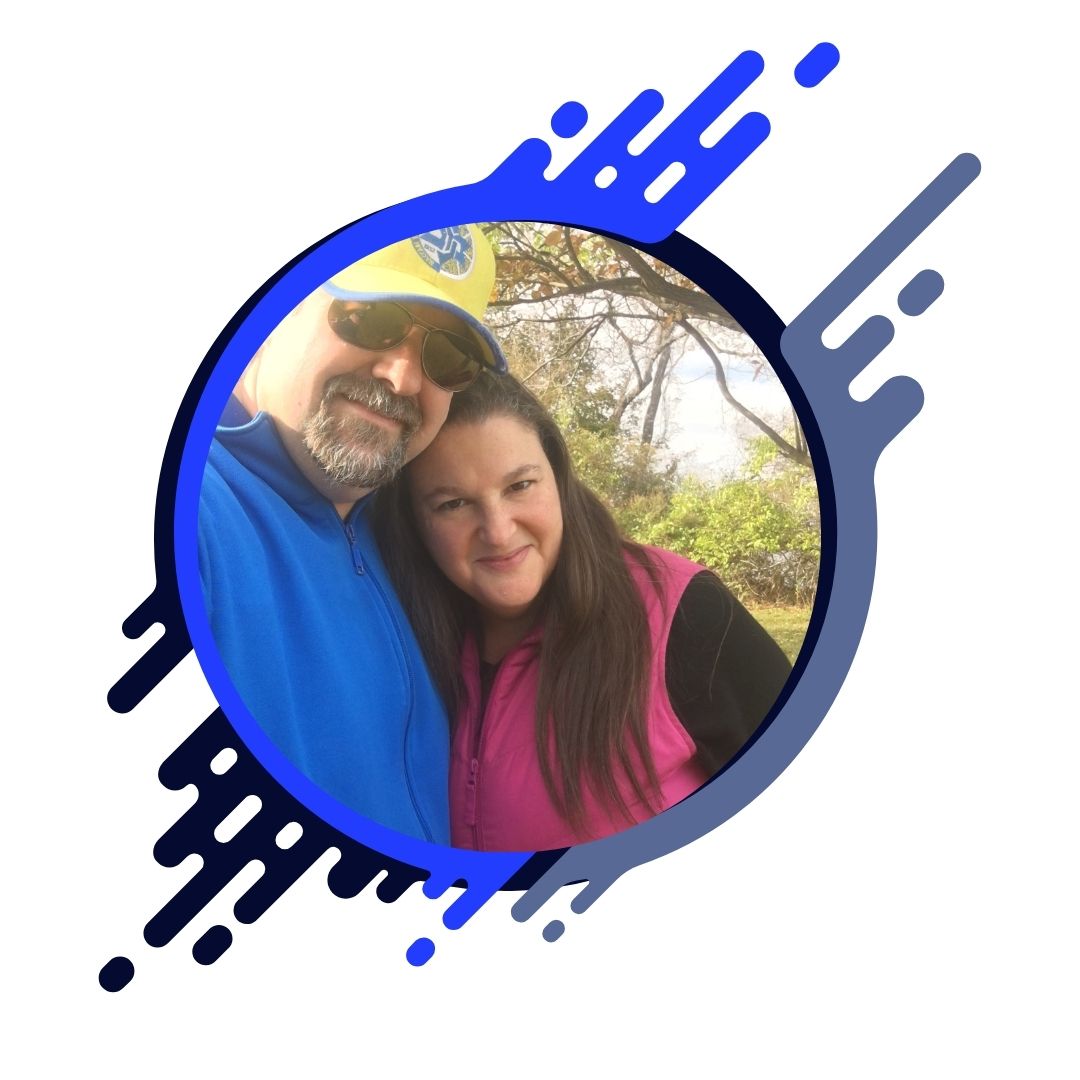
In today’s fast-paced world, understanding and addressing cognitive challenges like ADHD is more crucial than ever. ADHD affects millions across the globe, impacting focus, memory, and daily functioning. For parents of children with ADHD and health enthusiasts alike, finding effective, non-invasive methods to support memory and cognitive function is a top priority. One promising approach gaining attention is neurofeedback. Here, we explore how this innovative technology can enhance cognitive function and offer hope to those managing ADHD.
What is Neurofeedback?
Neurofeedback is a form of biofeedback that focuses on brain activity. It uses real-time displays of brain waves to teach self-regulation of brain function. By monitoring the brain’s electrical activity, individuals can learn to influence their brain function in a positive way. Neurofeedback sessions typically involve sensors placed on the scalp, connected to a computer that provides visual or auditory feedback.
How Can Neurofeedback Help with ADHD?
ADHD awareness has grown significantly over the years, leading to new treatment options. Neurofeedback specifically targets brainwave patterns associated with ADHD symptoms. Studies have shown that individuals with ADHD often exhibit excessive theta waves and insufficient beta waves, which are linked to daydreaming and hyperactivity respectively.
By training the brain to produce more desirable brainwave patterns, neurofeedback can help improve attention span, reduce impulsivity, and enhance memory. Over time, these changes can lead to improved cognitive function and better management of ADHD symptoms.
Benefits of Neurofeedback
- Non-Invasive and Drug-Free: Unlike some treatments, neurofeedback does not involve medication, making it an appealing option for parents concerned about potential side effects.
- Personalized Therapy: Neurofeedback sessions are customized to the individual’s unique brainwave patterns, offering a tailored approach to treatment.
- Empowering Individuals: By actively participating in the process, individuals can gain a sense of control over their symptoms, fostering empowerment and self-efficacy.
- Long-Term Results: Research suggests that the benefits of neurofeedback may persist long after the sessions have concluded, providing lasting improvements in cognitive function.
Steps to Get Started with Neurofeedback
- Consult a Professional: Begin by consulting a qualified neurofeedback practitioner who can assess your or your child’s specific needs and create a personalized treatment plan.
- Commit to Regular Sessions: Consistency is key. Regular neurofeedback sessions are essential to achieving and maintaining positive outcomes.
- Monitor Progress: Keep track of improvements in memory, attention, and overall cognitive function. This will help you gauge the effectiveness of the treatment and make any necessary adjustments.
- Stay Engaged: Encourage ongoing participation and interest in the process, whether through games, rewards, or other motivational strategies.
Conclusion
Neurofeedback offers a promising avenue for those seeking to enhance memory and cognitive function in ADHD. By harnessing the brain’s natural ability to change and adapt, this innovative approach provides a path to improved focus, reduced symptoms, and a brighter future.
Whether you’re a parent navigating the complexities of ADHD or a health enthusiast interested in cutting-edge brain training, neurofeedback invites you to explore a world of possibilities. Join a growing community of individuals and families empowered by knowledge and supported by science. Together, we’re rewriting the story of ADHD—one session at a time.


0 Comments